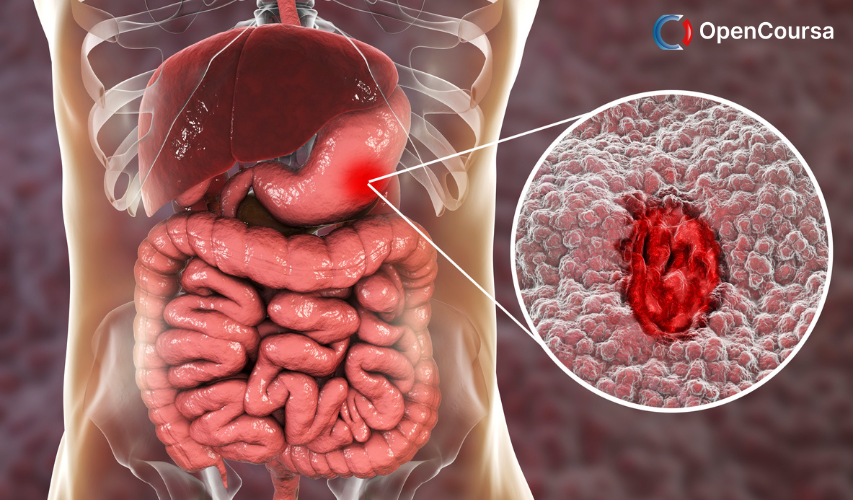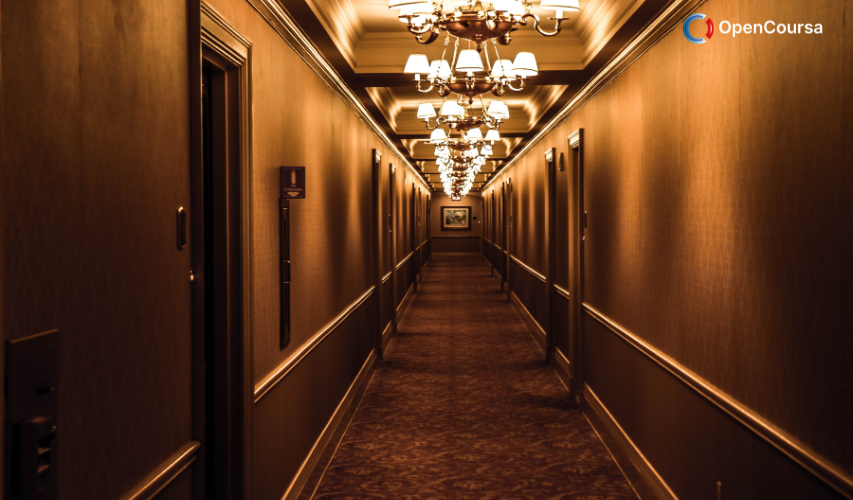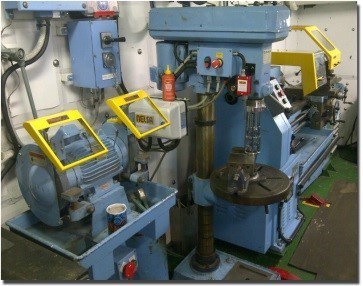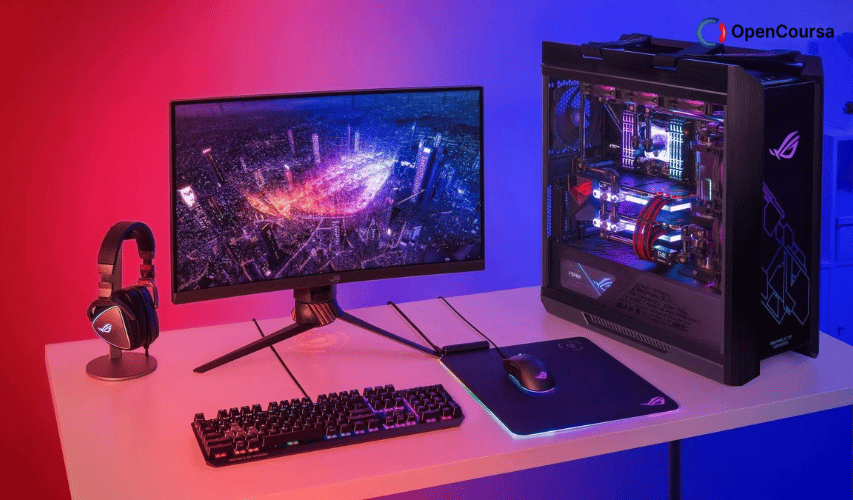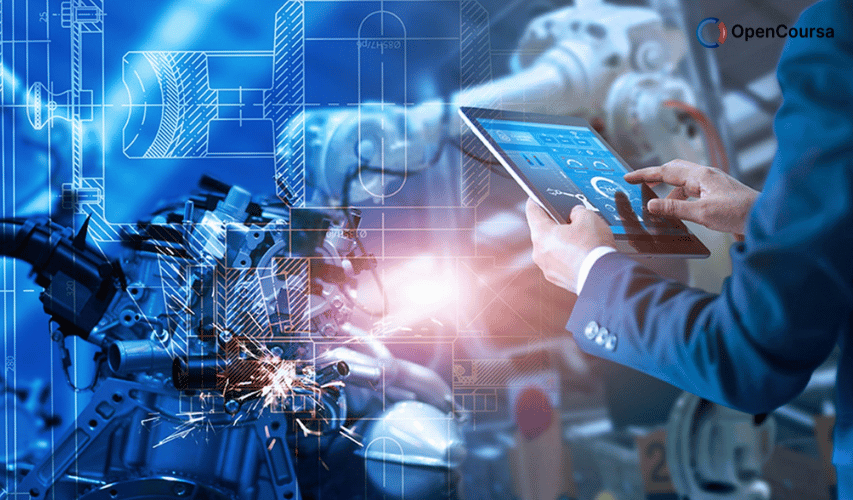Home » Course Layouts » Free Course Layout Udemy
Machine guarding is a safety feature on or around manufacturing or other engineering equipment consisting of a shield or device covering hazardous areas of a machine to prevent contact with body parts or to control hazards like chips or sparks from exiting the machine.
0
59
English
English [CC]
- Learn basic syntax that can apply to any language.
- Learn what is a programming language and the basic concepts for beginners.
- Understand what is Javascript in it's truest form.
- Know the basic syntax of Javascript.
- Know some hidden quirks in Javascript.
Description
Moving machine parts have the potential to cause severe workplace injuries, such as crushed fingers or hands, amputations, burns, or blindness. Safeguards are essential for protecting workers from these preventable injuries. Any machine part, function, or process that may cause injury must be safeguarded. When the operation of a machine or accidental contact injures the operator or others in the vicinity, the hazards must be eliminated or controlled.
The purpose of machine guarding is to protect the machine operator and other employees in the work area from hazards created by ingoing nip points, rotating parts, flying chips, and sparks. Some examples of this are barrier guards, light curtains, two-hand operating devices, etc.
General Requirements:
- Guards must not create potential hazards and must be attached to the machine where possible.
- If guards cannot be attached to the machine, attach elsewhere.
- Be in conformity with any appropriate standards.
- If specific standards are not available, the machine construction should prevent the operator from having any part of his/her body in the danger zone during the operating cycle.
- Special handtools used for placing and removing material from point of operation areas must allow easy handling of the material without the operator placing a hand in the danger zone. Such tools must not replace guards required by this section.
- Guillotine cutters
- Shears
- Alligator shears
- Power presses
- Milling machines
- Power saws
- Jointers
- Portable power tools
- Forming rolls and calenders
Course content
-
- Machine Guarding 00:10:00
- Rule of Thumb 00:15:00
- Regulatory Requirements 00:20:00
- Where Mechanical 00:40:00
-
- Hazardous Actions 00:30:00
- Types of Rotating Mechanisms 00:20:00
- Types of Reciprocating Motions 00:20:00
- Cutting Actions 00:30:00
- Types of Punching Actions 00:30:00
- Types of Shearing Equipment 00:30:00
- Safeguards 00:40:00
- Types of Guards 00:20:00
- Importance Of Health And Safety In The Workplace FREE 00:10:00
- Basic Health & Safety at Workplace Video FREE 00:20:00
- Workplace Accidental Investigation Reporting 4 weeks
N.A
- 5 stars0
- 4 stars0
- 3 stars0
- 2 stars0
- 1 stars0
No Reviews found for this course.
Instructor
OpenCoursa
Accessible Education for Everyone
5
5
6
24768
4637
We are an educational and skills marketplace to accommodate the needs of skills enhancement and free equal education across the globe to the millions. We are bringing courses and trainings every single day for our users. We welcome everyone woth all ages, all background to learn. There is so much available to learn and deliver to the people.
Explore Free Courses
Access valuable knowledge without any cost.
{"title":"","show_title":"0","post_type":"course","taxonomy":"course-cat","term":"engineering-skills,health-and-safety","post_ids":"","course_style":"free","featured_style":"course6","masonry":"","grid_columns":"clear4 col-md-3","column_width":"268","gutter":"30","grid_number":"4","infinite":"","pagination":"","grid_excerpt_length":"20","grid_link":"1","grid_search":"0","course_type":"","css_class":"","container_css":"","custom_css":""}



